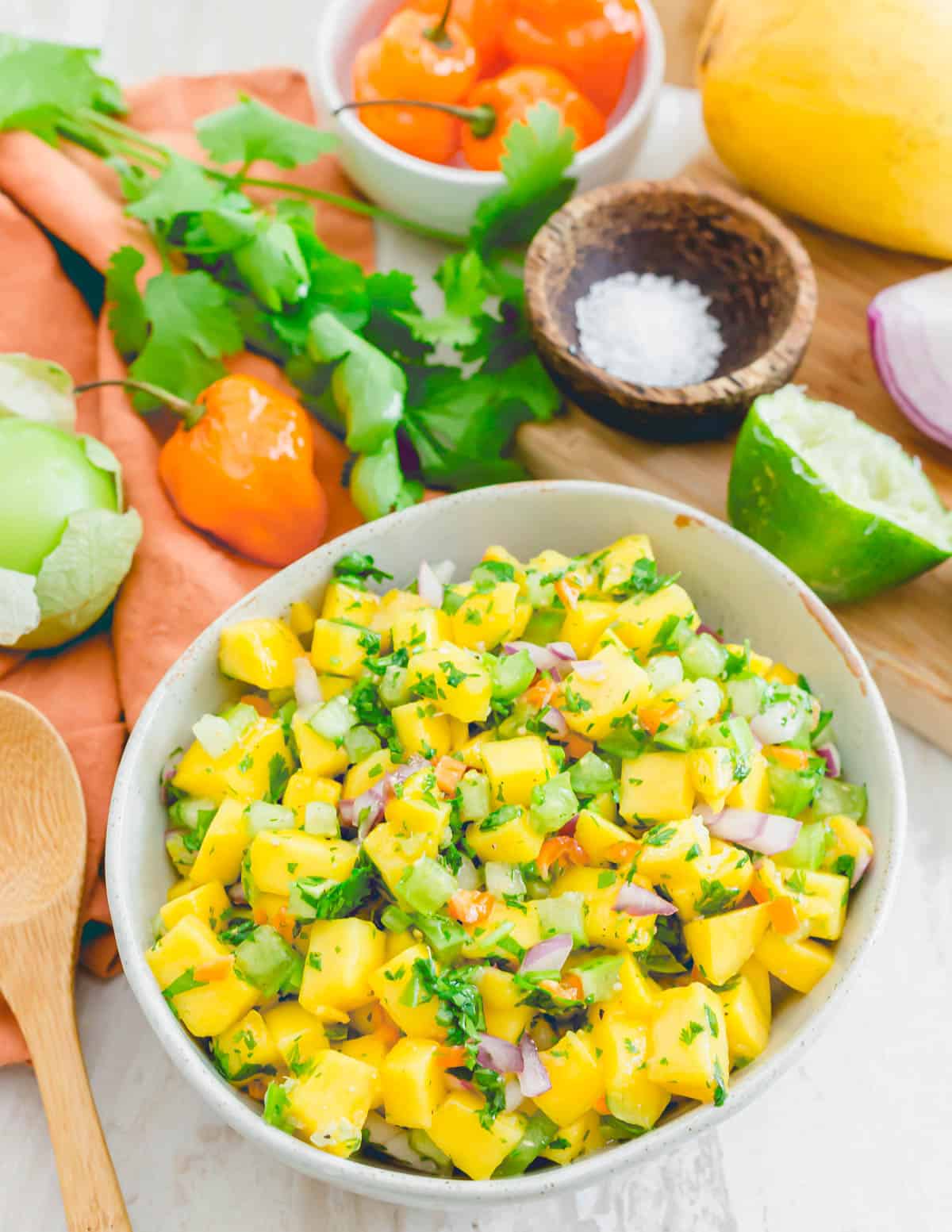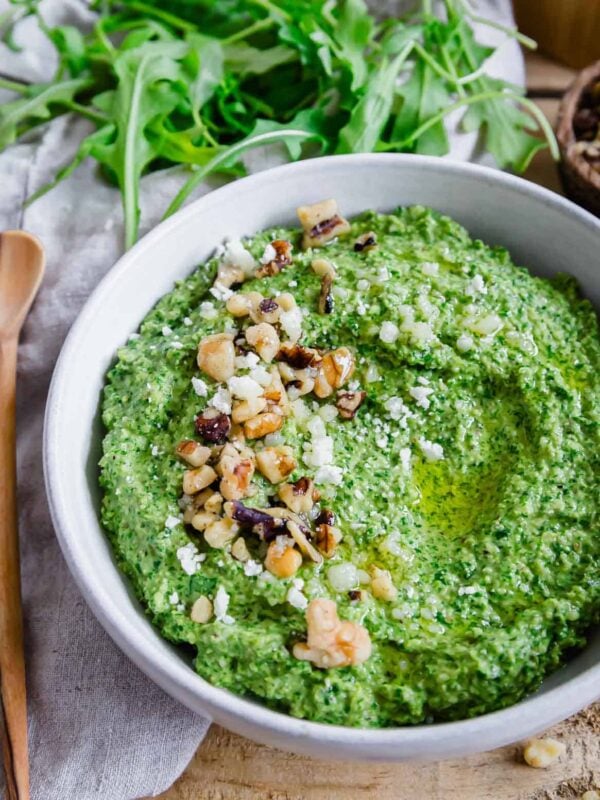Mangoes, a popular tropical fruit known for its sweetness and versatility, can be a challenge to cut due to their large pit and fibrous flesh. Many people avoid purchasing them because they don’t know how to cut a mango or purchase the more expensive pre-sliced fruit. Once you see how easy it is, you’ll pick them up every time you visit the store.

Originating in Southeast Asia, mangoes were a prized possession of ancient empires, symbolizing wealth and status. Today, they are a global phenomenon, enjoyed for their vibrant sweetness and versatility in countless dishes, both sweet and savory. The biggest hurdle for the home cook is figuring out how to cut a mango perfectly. The good news is that once you understand the mango better, you can easily slice and serve it without ruining the fruit.
Different mango varieties
Much like apples, mangoes come in many varieties. In the past several years, grocery stores have grown from a single variety to carrying multiple varieties with different tastes and textures. The most common varieties you’ll encounter in grocery stores are:
- Tommy Atkins: This mango powerhouse is known for its vibrant orange skin and fibrous flesh. While not as sweet as some varieties, its firm texture makes it ideal for salads and salsas because it holds its shape well. This is the most common mango sold in grocery stores.
- Ataulfo, commonly known as a Manila mango: Beloved for its creamy texture and honey-like sweetness, this petite mango has bright yellow skin that may blush pink when ripe. These mangoes are perfect for eating fresh or incorporating into desserts like mango custard, ice cream or sorbet. Their smooth texture also lends well to blending into sauces and purées. They’re my personal favorite for making this mango pineapple smoothie too.
- Kent: This green-skinned giant packs a punch with its tangy sweetness often compared to peach or coconut. Its flesh is less fibrous than the Tommy Atkins. They are delicious to eat sliced, as well as when you blend them into smoothies or in a fruit salad. They work well in mango salsa or this black bean mango salad.
- Alfonso: This is a popular and highly prized variety, especially in regions like India. Alphonso mangoes are known for their rich, sweet flavor, smooth texture and vibrant orange-yellow flesh. Use them to make a chilled mango soup or jam. They’re often considered the king of mangoes and are prized for their distinct taste, which is often described as intensely sweet with hints of apricot and peach. While Alfonso mangoes may be available in specialty or ethnic markets in the US, they’re not as widely distributed as the three varieties mentioned above.

“Having grown up in India, mangoes are a staple in our house during the summer. We consume different varieties over the summer as they come into season — starting from tart mangoes that are great for salsas to devouring perfectly ripe and sweet mangoes as they are, and finally ending the season with sour mangoes that get made into spicy pickles. Our favorite mangoes are Alfonsos, which you can find at most Asian and Indian grocery stores. If you haven’t tried one, you absolutely should — you won’t be disappointed!”
— Shruthi Baskaran-Makanju, Urban Farmie
While the cutting technique remains similar across varieties, understanding their individual characteristics can help you decide which variety to purchase depending on how you want to use your mango. You can try identifying the mango type by checking the label on the fruit or the signage in the produce section, though the label or signage often does not indicate the variety of mango. In many cases, you may need to rely on visual cues, such as color, size and shape, to make an educated guess.
How to tell when a mango is ripe
Mangoes are best enjoyed when perfectly ripe. Before they are fully ripe, they tend to be sour and dry. If they go past their peak, they grow brown spots and simply don’t taste good.
To tell if your mango is ripe, gently press the mango at the stem end. It should yield slightly but not feel mushy. Additionally, a ripe mango will emit a sweet, fruity aroma. If there’s no scent, it might need more time.
Can you ripen a mango at home?
While some fruits, like peaches, simply never ripen properly once picked from a tree, mangoes do continue to ripen at the store and in your home. Unlike avocados, they will stay at their peak for longer than an hour.
Store any unripe mangoes at room temperature on your counter, away from direct sunlight. It may take several days or up to a week for your mango to ripen.
If you need to speed the process, simply place it in a brown paper bag with an apple or a banana whose ethylene gas helps it ripen faster. Once your mango is ripe, place it in your fridge to slow the ripening process so you can enjoy it when you’re ready.

Do you need special tools?
While you can find all sorts of fancy mango slicers, you do not need any special tools when you learn how to cut a mango. In fact, all you need is a sharp knife and a cutting board, with a vegetable peeler as an optional add-on.
Should you peel the mango first?
This is a matter of personal preference. Some cooks like to peel the mango first, especially for varieties with thick skin like the Tommy Atkins. If you choose to peel your mango, use a standard vegetable peeler that minimizes the wasted flesh. This guide on how to cut a mango will focus on keeping the peel intact, minimizing mess and maximizing mango enjoyment.
How to cut a mango
First, stand the mango upright. Place the mango on its end, stem side up. This positions the flat pit in the center, making it easier to navigate.
Using your sharp knife, carefully slice off each side of the mango, following the curve of the pit from top to bottom. Aim for a generous cut, ensuring you capture most of the flesh. You should now have two oval-shaped cheeks and a center section containing the pit.
For a fun and visually appealing presentation, you can create a hedgehog effect on the mango cheeks. Lay a cheek flat on the cutting board, skin side down. Make a series of parallel vertical slices, stopping about half an inch short of the skin. Then, make another set of horizontal slices, again stopping short of the skin. This will create a grid pattern. Gently push the flesh upwards from the skin, creating mango cubes that cling to the peel.
The center section containing the pit will have some leftover flesh. Lay it flat on the cutting board and carefully slice off the flesh, maneuvering around the pit. You can then dice this flesh into smaller pieces.
From here, you can use it sliced, diced, cubed or any way you desire. If you know you plan to use it in a smoothie like a mango lassi or other dish, you may wish to peel it with a vegetable peeler before you make the first cut to more easily remove it from the skin after you cut it.
“Mangoes are a staple in our house. We don’t peel them but slice off as much as we can, and then one person gets to suck on the pitt for the juiciest bites.”
— Shelby, Fit as a Mama Bear

Final recommendations
With a little practice, you’ll be a mango-cutting master in no time. Remember, there’s no single perfect technique, but once you learn how to cut a mango, you’ll never purchase the precut containers again.
Fresh mango is not expensive, so you can afford to practice before you need to serve a pretty version to friends or family. Experiment and find a technique that works best for you and the variety you’re using. The key is to embrace the process, enjoy the vibrant flavors and unleash the culinary potential of this sunshine fruit.
Looking for more cutting guides?
Learn how to make watermelon sticks for easy eating or how to cut dragonfruit for all your epic smoothie bowl creations.
This article first appeared on Food Drink Life.

Michelle Price
Michelle Priceis a food and travel writer atHonest and Trulywho almost has an empty nest. She loves to provide both the inspiration and the confidence you need to help get you into the kitchen and on the road to enjoy new flavors and experiences.














I’ve always wanted to know how to ripen mangos! I tried the bag trick and it worked perfectly. Thanks for sharing!